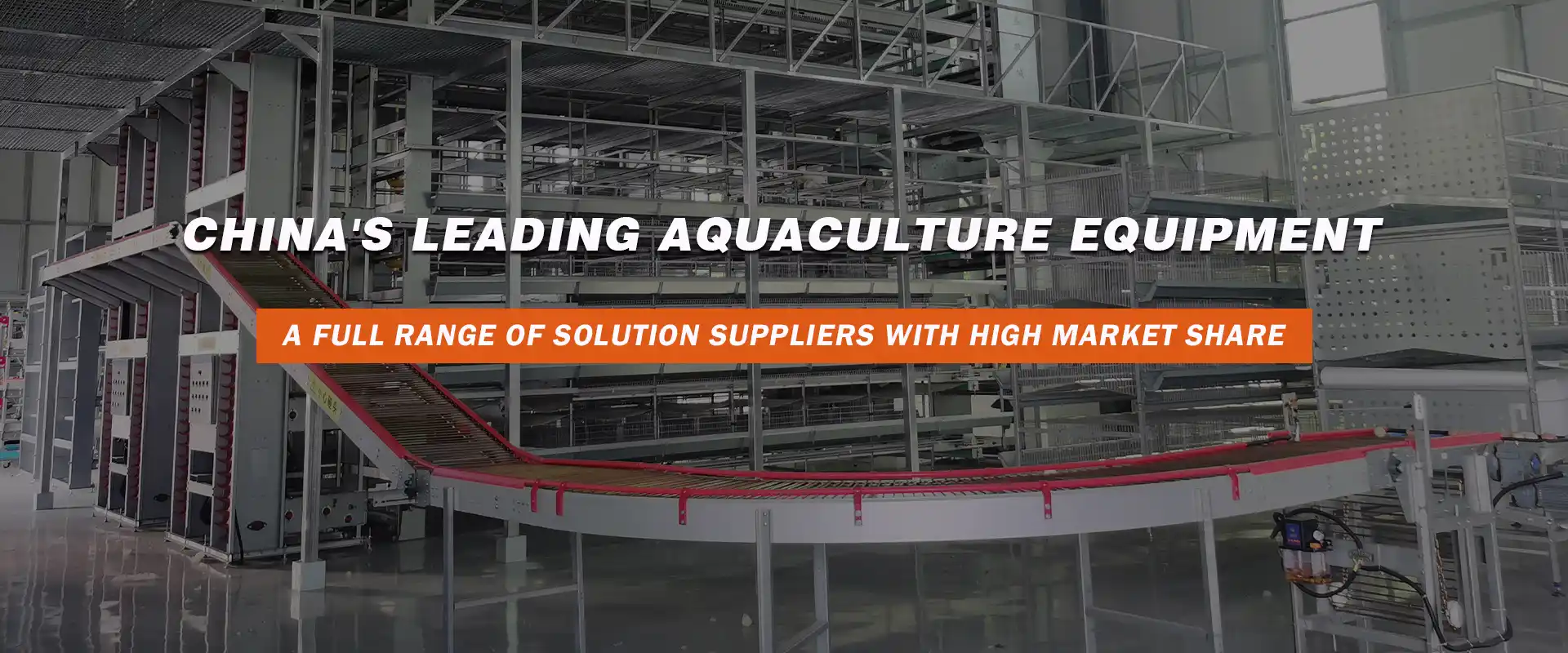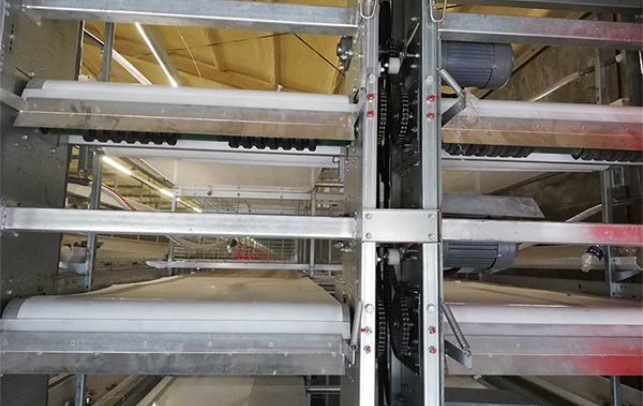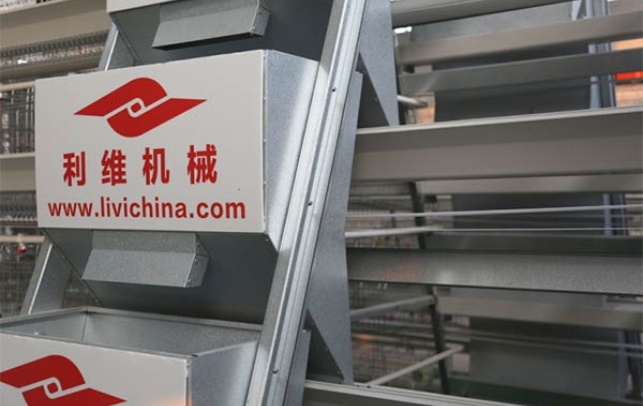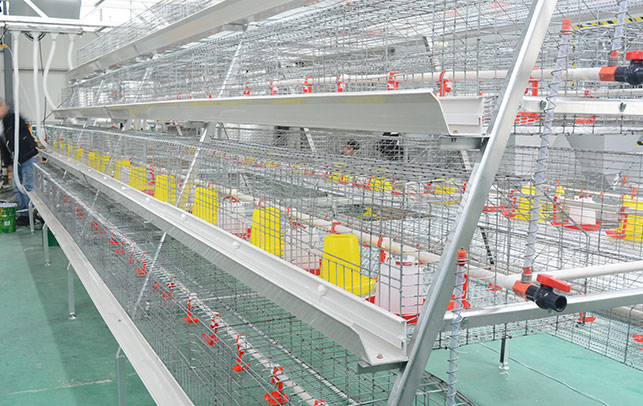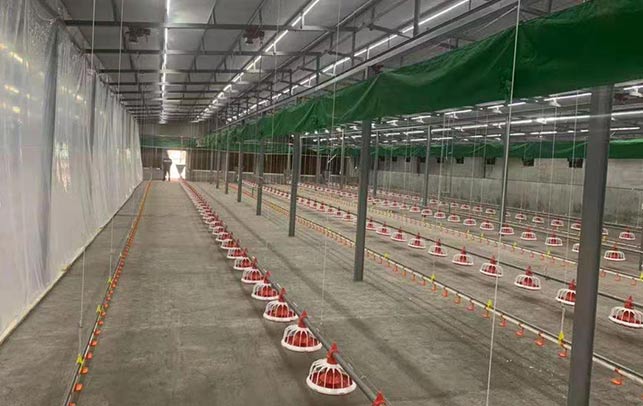Revolutionizing Chicken Farming: The Automatic Poultry Cage System for 80,000 Chickens
Time : 2025-03-28
In the world of poultry farming, efficiency and scalability are key to success. That’s why the introduction of the Automatic Poultry Cage System for 80,000 chickens is a game-changer. This innovative system is designed to streamline operations, reduce labor costs, and ensure the health and welfare of the birds. Let’s dive into the details and see how this system is transforming the industry.
What is the Automatic Poultry Cage System for 80,000 Chickens?
The Automatic Poultry Cage System is a cutting-edge solution that automates many of the tasks traditionally carried out by humans. It’s a comprehensive system that can house up to 80,000 chickens, providing a controlled environment that promotes growth and well-being. Here’s what makes it special:
1. Automated Feeding
Feeding chickens is a labor-intensive task, but not with this system. The Automatic Feeding Mechanism ensures that the chickens receive the right amount of feed at the right time. This not only improves efficiency but also reduces waste.
2. Climate Control
Maintaining an optimal temperature is crucial for chicken health. The system features advanced climate control, which adjusts the temperature and humidity levels to suit the chickens’ needs. This ensures that they stay comfortable throughout the year.
3. Waste Management
One of the biggest challenges in poultry farming is waste management. This system has a built-in waste management system that automatically collects and processes waste, significantly reducing the risk of disease and odor.
4. Health Monitoring
With the health of the chickens being paramount, the system includes real-time health monitoring. Sensors and cameras track the chickens’ behavior, alerting farmers to any signs of illness or stress.
How Does It Work?
The system is designed to be user-friendly, even for those not technically inclined. Here’s a step-by-step look at how it operates:
1. Installation: The system is modular, allowing for easy installation and expansion. It can be set up in a variety of configurations to fit the layout of your farm.
2. Programming: Once installed, the system is programmed to meet the specific needs of your chickens. This includes setting the feeding schedule, temperature, and humidity levels.
3. Monitoring: The system continuously monitors the chickens’ environment and health, providing real-time data to the farmer.
4. Maintenance: Regular maintenance is required to keep the system running smoothly. This includes checking the sensors, cameras, and feeders.
Benefits of the Automatic Poultry Cage System
There are numerous benefits to implementing this system on your farm:
– Increased Productivity: By automating many tasks, farmers can focus on other aspects of the business, leading to increased productivity.
– Reduced Costs: Labor costs are significantly reduced, as the system takes care of many tasks that would otherwise require manual labor.
– Improved Chicken Health: The controlled environment and health monitoring help keep the chickens healthy, leading to higher productivity and lower mortality rates.
– Environmental Benefits: The waste management system helps reduce the environmental impact of poultry farming.
The Future of Poultry Farming
The Automatic Poultry Cage System for 80,000 chickens is just the beginning. As technology continues to advance, we can expect to see even more innovative solutions in the poultry farming industry. Here are a few trends to watch for:
– Artificial Intelligence: AI will play a bigger role in monitoring and managing chicken farms, providing even more precise control over the environment and health of the birds.
– Vertical Farming: With space becoming more limited, vertical farming systems may become more prevalent, allowing for greater efficiency and scalability.
– Sustainability: As awareness of environmental issues grows, sustainable practices will become increasingly important in poultry farming.
Conclusion
The Automatic Poultry Cage System for 80,000 chickens is a revolutionary tool for poultry farmers. It offers a range of benefits that can lead to increased efficiency, reduced costs, and improved chicken health. As the industry continues to evolve, embracing these advancements will be key to staying competitive.




